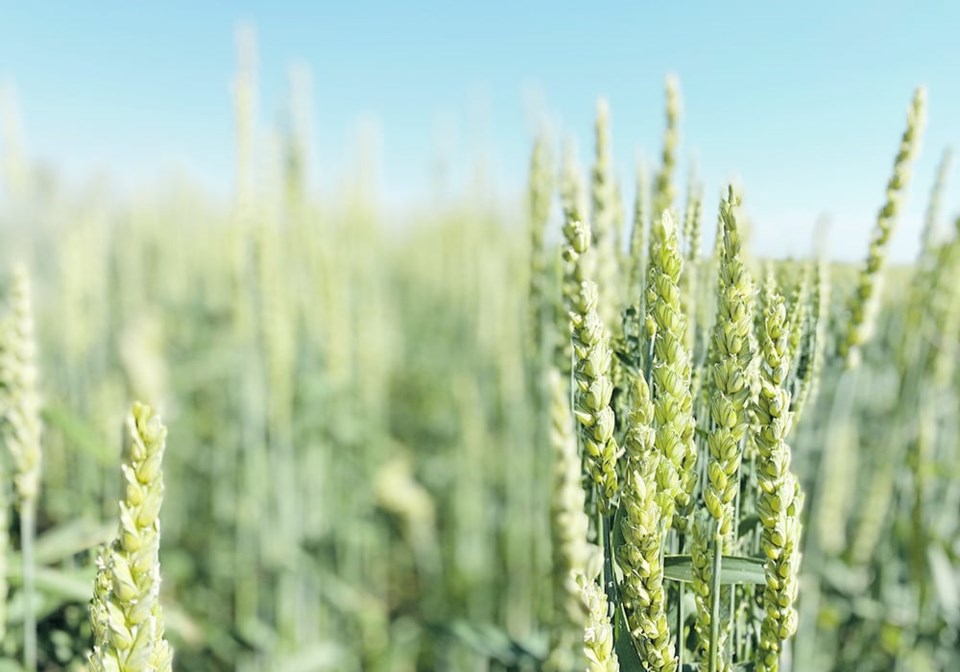WESTERN PRODUCER — China’s government approved genetically modified wheat and corn varieties for domestic cultivation last week, marking a step forward in becoming a global advocate for crop genetic modification.
In only a few years China shifted from a cautious approach to GMOs to solid support, with potential implications for the country’s self-sufficiency and for global attitudes about the science.
I’ll examine this in more detail, but first let’s update current market-moving global weather.
Frost hit significant parts of southern Russia over several days last week, damaging winter wheat and adding to the challenges the region’s crop has faced from weeks of dry weather.
小蓝视频ern Russia accounts for about 43 per cent of the winter wheat crop.
Area authorities invoked emergency measures to ensure seed and other resources are available to reseed heavily damaged crops with spring-seeded varieties.
Private consultancy SovEcon on May 10 cut its forecast of Russia’s total wheat crop by 3.4 million tonnes to 89.6 million. That is less than last year’s 92.8 million tonnes.
In North America, recent rain, with more to come this week, improved soil moisture in large parts of the Canadian Prairies and the U.S. Midwest and Plains.
Rain was even forecast for winter wheat in western Kansas where drought has lingered.
While there is some concern about the rain delaying seeding, overall, the recent moisture has been welcome.
In Brazil, torrential rain in the southern most state has killed at least113 people and hurt the tail end of the soybean harvest. Meanwhile, hot dry weather is stressing second crop corn in central growing regions.
Chicago wheat and corn futures rose on these weather problems and on the U.S. Department of Agriculture’s forecast for smaller than expected year-end corn stocks.
While weather and production prospects influence crop prices, demand also plays an important roll, and we are well aware China’s imports make up a big part of global demand.
While long dependant on huge imports of oilseeds, the rapid rise of grain imports at the beginning of this decade rattled Chinese authorities, who responded with several policies designed to increase domestic production, including the decision to embrace genetic modification.
The country had accepted imports of genetically modified crops for a while, but had been reluctant to approve them for domestic cultivation.
The latest approvals are particularly notable in that they include a wheat type that has been gene edited to be resistant to the fungal disease powdery mildew.
Around the world, opposition to crop genetic alteration has been less aggressive against corn and soybeans because they are generally fed to livestock. But because wheat is more often a human food, genetic alteration of that crop has encountered more opposition.
The first crack in that wall was made in Argentina in 2020 when it approved .
Brazil gave that approval in 2023, allowing the seed maker Bioceres Crop Solutions Corp. to release it for growing in Argentina that year.
Now China is approving a gene modified wheat. The modification was not the result of a transferred gene from another living thing. Rather, scientists used gene editing tools including the CRISPR technique to make targeted changes in wheat’s own genome.
Some government regulators around the world see gene editing as a less intrusive technology and have fewer regulations in the approval process for it as compared to transgenic modification.
Depending how this development evolves and is perceived by the public, it might lead the way for efforts in other countries to advance gene editing in wheat.
This move into GM crops in China has a lot riding on it.
The government there has spent heavily in the last few years to have its crop breeding scientists and companies catch up to what is happening in western countries.
President Xi Jinping sees China’s growing reliance on imported grains as a geopolitical weakness.
He is known for often stating, “Chinese people should hold our rice bowls firmly in our own hands.”
However, imports of corn, wheat and barley have all jumped recently.
In the five years from 2015-16 to 2019-20, its corn imports averaged 4.2 million tonnes, but in 2020-21 to the forecast for 2024-25, its average is 23.2 million, according to USDA numbers.
Comparing the same periods for wheat, in the first five years imports averaged 4.1 million tonnes and in the latest five years 11.2 million.
In barley, the first five-year average was 6.65 million tonnes and the latest five years 9.82 million.
To keep up with growing demand and to reduce imports, China must raise its yields, particularly in corn.
Its wheat yields are similar to those in the European Union.
However, last year China’s average corn yield was 104 bu. per acre compared to the U.S. average of about 179.
We will see in the next few years whether China can close the gap by embracing GM crops.




